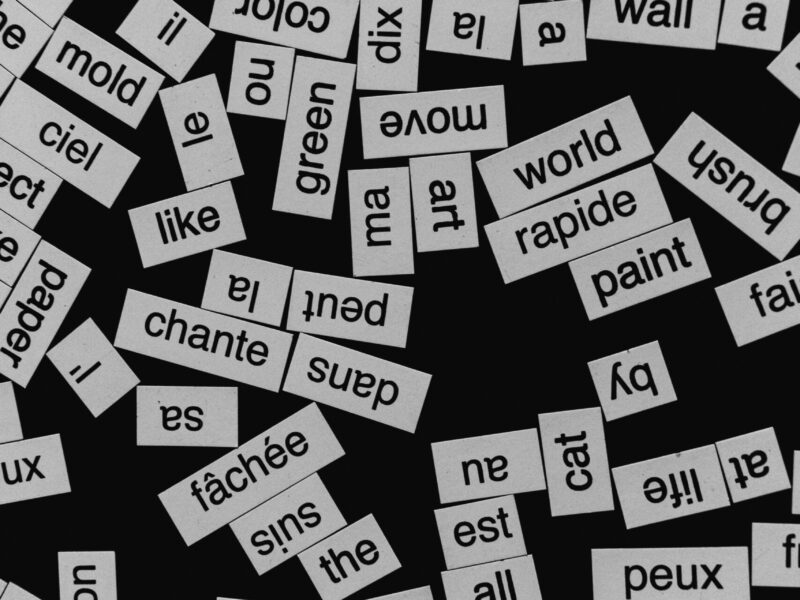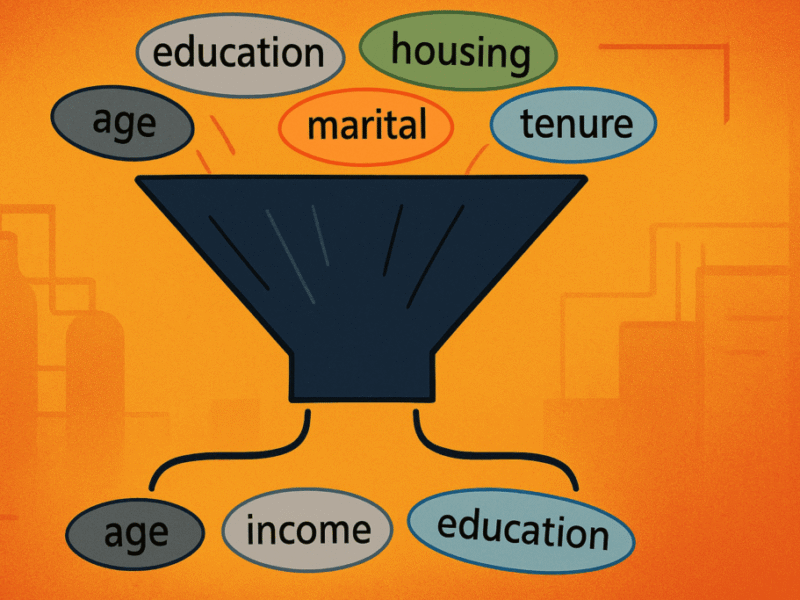
Image by Editor | ChatGPT
# Introduction
Machine learning is one of the most transformative technologies of our time, driving innovation in everything from healthcare and finance to entertainment and e-commerce. While understanding the underlying theory of algorithms is important, the key to mastering machine learning lies in hands-on application. For aspiring data scientists and machine learning engineers, building a portfolio of practical projects is the most effective way to bridge the gap between academic knowledge and real-world problem-solving. This project-based approach not only solidifies your understanding of relevant concepts, it also demonstrates your skills and initiative to potential employers.
In this article, we will guide you through seven foundational machine learning projects specifically chosen for beginners. Each project covers a different area, from predictive modeling and natural language processing to computer vision, providing you with a well-rounded skill set and the confidence to advance your career in this exciting field.
# 1. Predicting Titanic Survival
The Titanic dataset is a classic choice for beginners because its data is easy to understand. The goal is to predict whether a passenger survived the disaster. You will use features like age, gender, and passenger class to make these predictions.
This project teaches essential data preparation steps, such as data cleaning and handling missing values. You will also learn how to split data into training and test sets. You can apply algorithms like logistic regression, which works well for predicting one of two outcomes, or decision trees, which make predictions based on a series of questions.
After training your model, you can evaluate its performance using metrics like accuracy or precision. This project is a great introduction to working with real-world data and fundamental model evaluation techniques.
# 2. Predicting Stock Prices
Predicting stock prices is a common machine learning project where you forecast future stock values using historical data. This is a time-series problem, as the data points are indexed in time order.
You will learn how to analyze time-series data to predict future trends. Common models for this task include autoregressive integrated moving average (ARIMA) or long short-term memory (LSTM) — the latter of which is a type of neural network well-suited for sequential data.
You will also practice feature engineering by creating new features like lag values and moving averages to improve model performance. You can source stock data from platforms like Yahoo Finance. After splitting the data, you can train your model and evaluate it using a metric like mean squared error (MSE).
# 3. Building an Email Spam Classifier
This project involves building an email spam classifier that automatically identifies whether an email is spam. It serves as a great introduction to natural language processing (NLP), the field of AI focused on enabling computers to understand and process human language.
You will learn essential text preprocessing techniques, including tokenization, stemming, and lemmatization. You will also convert text into numerical features using methods like term frequency-inverse document frequency (TF-IDF), which allows machine learning models to work with the text data.
You can implement algorithms like naive Bayes, which is particularly effective for text classification, or support vector machines (SVM), which are powerful for high-dimensional data. A suitable dataset for this project is the Enron email dataset. After training, you can evaluate the model’s performance using metrics such as accuracy, precision, recall, and F1-score.
# 4. Recognizing Handwritten Digits
Handwritten digit recognition is a classic machine learning project that provides an excellent introduction to computer vision. The goal is to identify handwritten digits (0-9) from images using the well-known MNIST dataset.
To solve this problem, you will explore deep learning and convolutional neural networks (CNNs). CNNs are specifically designed for processing image data, using layers like convolutional and pooling layers to automatically extract features from the images.
Your workflow will include resizing and normalizing the images before training a CNN model to recognize the digits. After training, you can test the model on new, unseen images. This project is a practical way to learn about image data and the fundamentals of deep learning.
# 5. Building a Movie Recommendation System
Movie recommendation systems, used by platforms like Netflix and Amazon, are a popular application of machine learning. In this project, you will build a system that suggests movies to users based on their preferences.
You will learn about two primary types of recommendation systems: collaborative filtering and content-based filtering. Collaborative filtering provides recommendations based on the preferences of similar users, while content-based filtering suggests movies based on the attributes of items a user has liked in the past.
For this project, you will likely focus on collaborative filtering, using techniques like singular value decomposition (SVD) to help simplify predictions. A great resource for this is the MovieLens dataset, which contains movie ratings and metadata.
Once the system is built, you can evaluate its performance using metrics such as root mean square error (RMSE) or precision-recall.
# 6. Predicting Customer Churn
Customer churn prediction is a valuable tool for businesses looking to retain customers. In this project, you will predict which customers are likely to cancel a service. You will use classification algorithms like logistic regression, which is suitable for binary classification, or random forests, which can often achieve higher accuracy.
A key challenge in this project is working with imbalanced data, which occurs when one class (e.g. customers who churn) is much smaller than the other. You will learn techniques to address this, such as oversampling or undersampling. You will also perform standard data preprocessing steps like handling missing values and encoding categorical features.
After training your model, you’ll evaluate it using tools like the confusion matrix and metrics like the F1-score. You can use publicly available datasets like the Telco Customer Churn dataset from Kaggle.
# 7. Detecting Faces in Images
Face detection is a fundamental task in computer vision with applications ranging from security systems to social media apps. In this project, you will learn how to detect the presence and location of faces within an image.
You will use object detection methods like Haar cascades, which are available in the OpenCV library, a widely-used tool for computer vision. This project will introduce you to image processing techniques like filtering and edge detection.
OpenCV provides pre-trained classifiers that make it straightforward to detect faces in images or videos. You can then fine-tune the system by adjusting its parameters. This project is a great entry point into detecting faces and other objects in images.
# Conclusion
These seven projects provide a solid foundation in the basics of machine learning. Each one focuses on different skills, covering classification, regression, and computer vision. By working through them, you will gain hands-on experience using real-world data and common algorithms to solve practical problems.
Once you complete these projects, you can add them to your portfolio and resume, which will help you stand out to potential employers. While simple, these projects are highly effective for learning machine learning and will help you build both your skills and your confidence in the field.
Jayita Gulati is a machine learning enthusiast and technical writer driven by her passion for building machine learning models. She holds a Master’s degree in Computer Science from the University of Liverpool.

